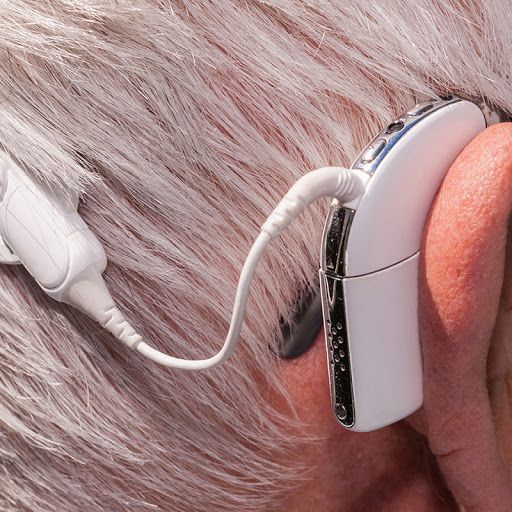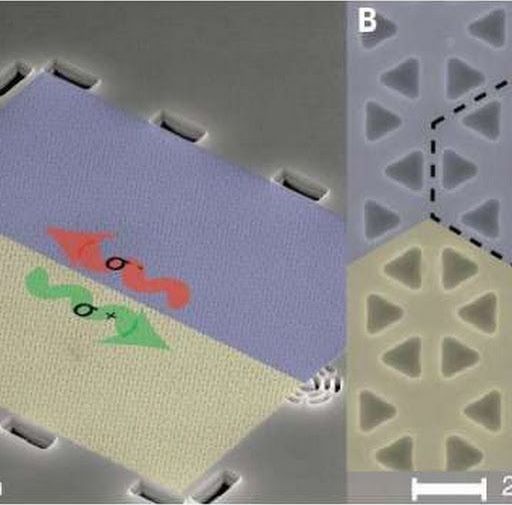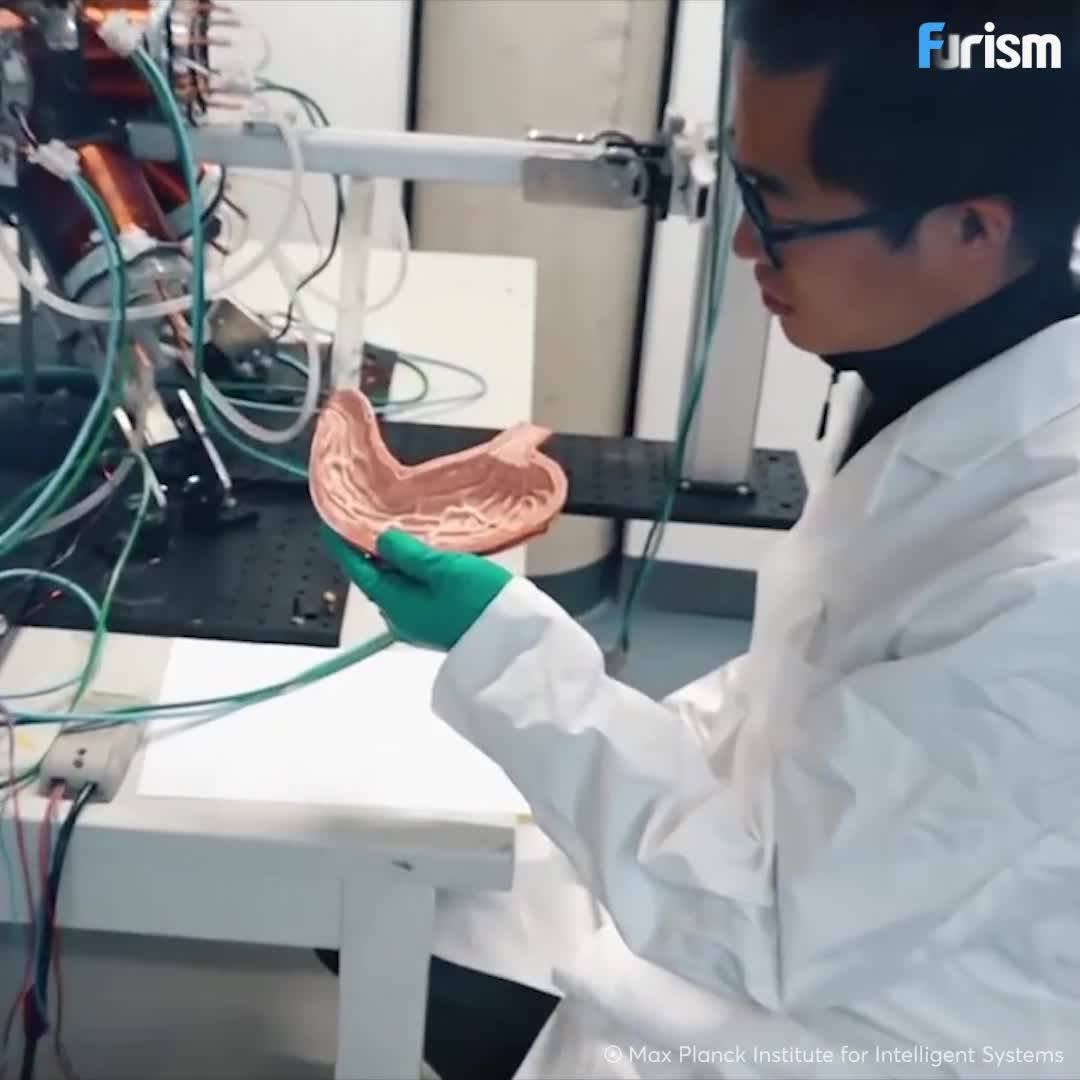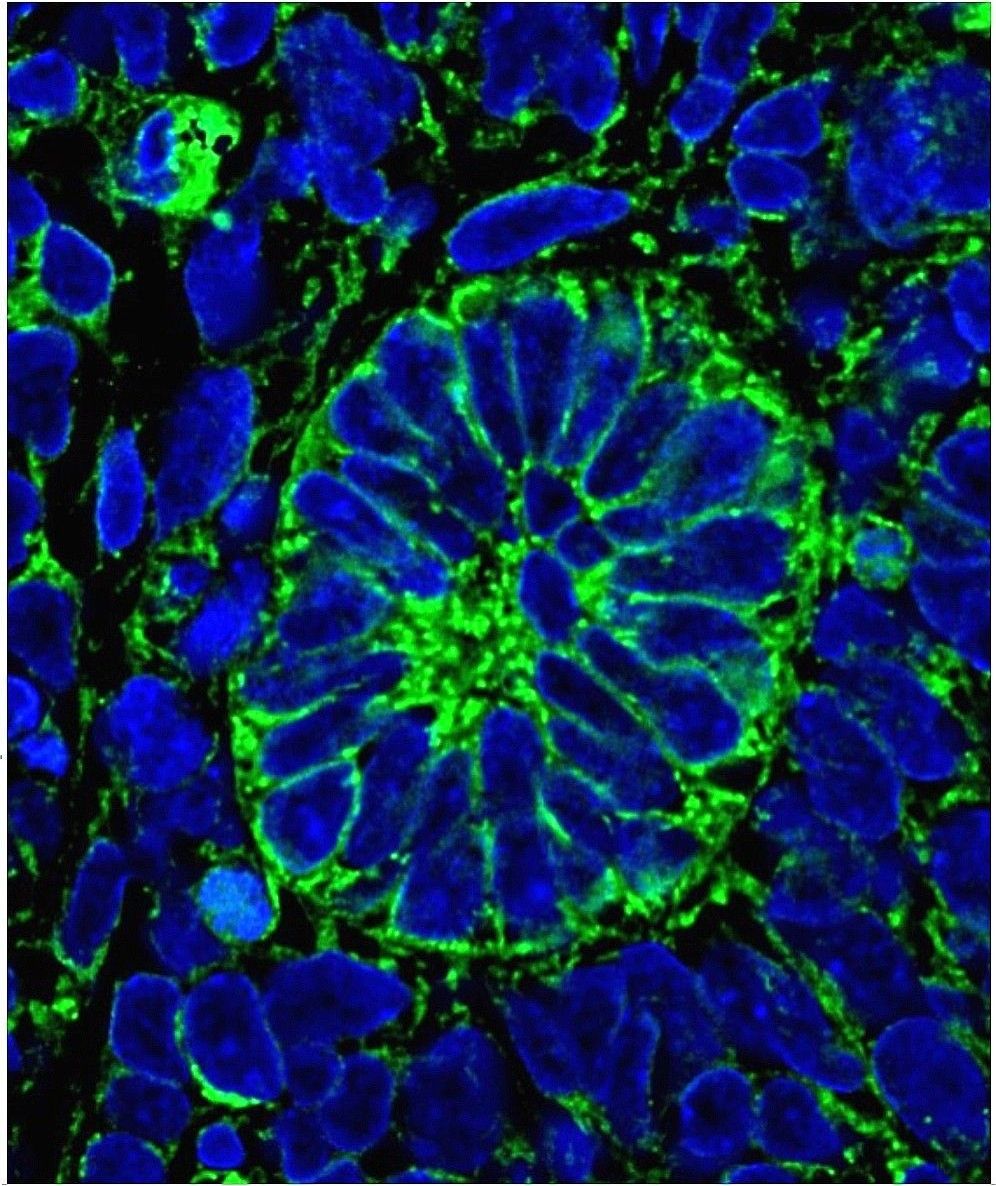Page 10330
Feb 12, 2018
Hearing implant uses lasers to shoot sound into your ear
Posted by Genevieve Klien in category: futurism
Using lasers instead of electrodes to vibrate the hairs in the inner ears could lead to less damaging cochlear implants.
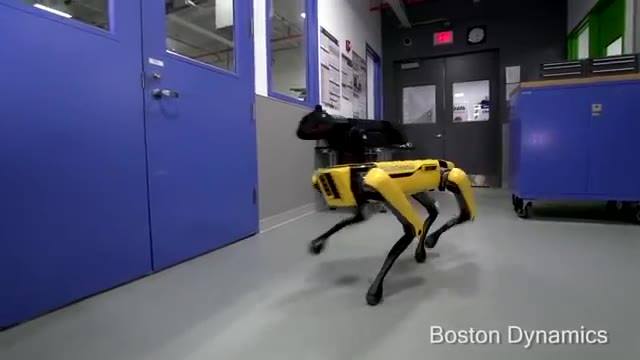
It’s impressive, but it doesn’t seem that practical. Maybe a temporary solution while they get the cost of ATLAS down a lot, and get ATLAS equipped with human like hands.
In other news, this Boston Dynamics robot just learned how to open doors and let itself out: http://bit.ly/2EqgWN2
An international team of researchers has developed a tiny, liquid-based engine powered by a demixing fluid. In their paper published in the journal Physical Review Letters, the group describes their little engine and possible uses for it.
Feb 12, 2018
Routing photons with a topological photonic structure
Posted by Genevieve Klien in category: futurism
Fabricated device and band structure. (A) Scanning electron microscope image of the device, which is composed of two regions identified by blue and yellow shading, corresponding to two photonic crystals with different topological properties. The interface between the two photonic crystals supports helical edge states with opposite circular polarization (s+ and s–). Grating couplers at each end of the device scatter light in the out-of-plane direction for collection. (B) Close-up image of the interface. Black dashed lines identify a single unit cell of each photonic crystal. Credit: Science…
Feb 12, 2018
This is why the language you speak can change how you perceive time
Posted by Shailesh Prasad in category: neuroscience
Professor Panos Athanasopoulos, a linguist from Lancaster University and Professor Emanuel Bylund, a linguist from Stellenbosch University and Stockholm University, have discovered that people who speak two languages fluently think about time differently depending on the language context in which they are estimating the duration of events.
The finding, published in the ‘Journal of Experimental Psychology: General’, reports the first evidence of cognitive flexibility in people who speak two languages.
Bilinguals go back and forth between their languages rapidly and, often, unconsciously — a phenomenon called code-switching.
Continue reading “This is why the language you speak can change how you perceive time” »
Feb 12, 2018
A tiny robot is being put to work inside the human body
Posted by Shailesh Prasad in categories: biotech/medical, robotics/AI
Feb 12, 2018
How Technology Is Leading Us Into the Imagination Age
Posted by Shailesh Prasad in categories: economics, education, employment, robotics/AI, virtual reality
In many ways, the future is unpredictable. A report by the World Economic Forum reveals that almost 65 percent of the jobs elementary school students will be doing in the future do not even exist yet. Combined with technological automation and the disappearance of traditional jobs, this leaves us with a critical question: how can we survive such a world?
The answer may be imagination.
Initially coined by Rita J. King, the imagination age is a theoretical period beyond the information age where creativity and imagination will become the primary creators of economic value. This is driven by technological trends like virtual reality and the rise of digital platforms like YouTube, all of which increase demand for user-generated content and creativity. It is also driven by automation, which will take away a lot of monotonous and routine jobs, leaving more higher-ordered and creative jobs.
Continue reading “How Technology Is Leading Us Into the Imagination Age” »
Feb 12, 2018
This semi-truck drove 2,400 miles with no driver
Posted by Shailesh Prasad in categories: robotics/AI, transportation
Feb 12, 2018
Scientists create functioning kidney tissue
Posted by Shailesh Prasad in category: biotech/medical
Scientists have successfully produced human kidney tissue within a living organism which is able to produce urine, a first for medical science.
The study led by Professors Sue Kimber and Adrian Woolf from The University of Manchester, signifies a significant milestone in the development of treatment for kidney disease.
The Medical Research Council and Kidney Research UK funded project is published in the journal Stem Cell Reports.
Continue reading “Scientists create functioning kidney tissue” »

